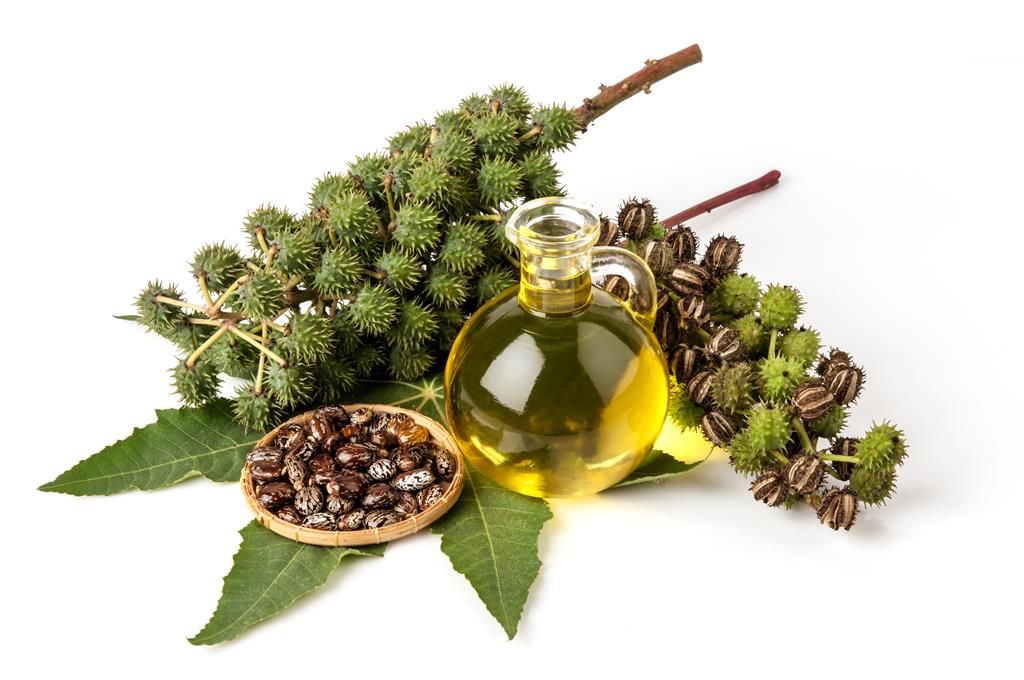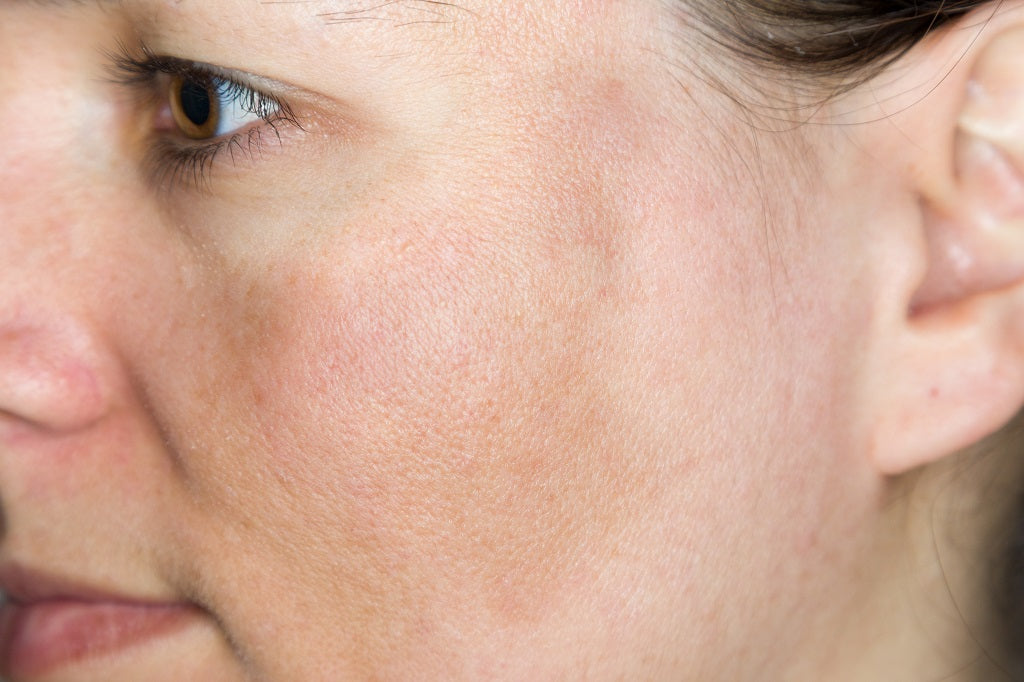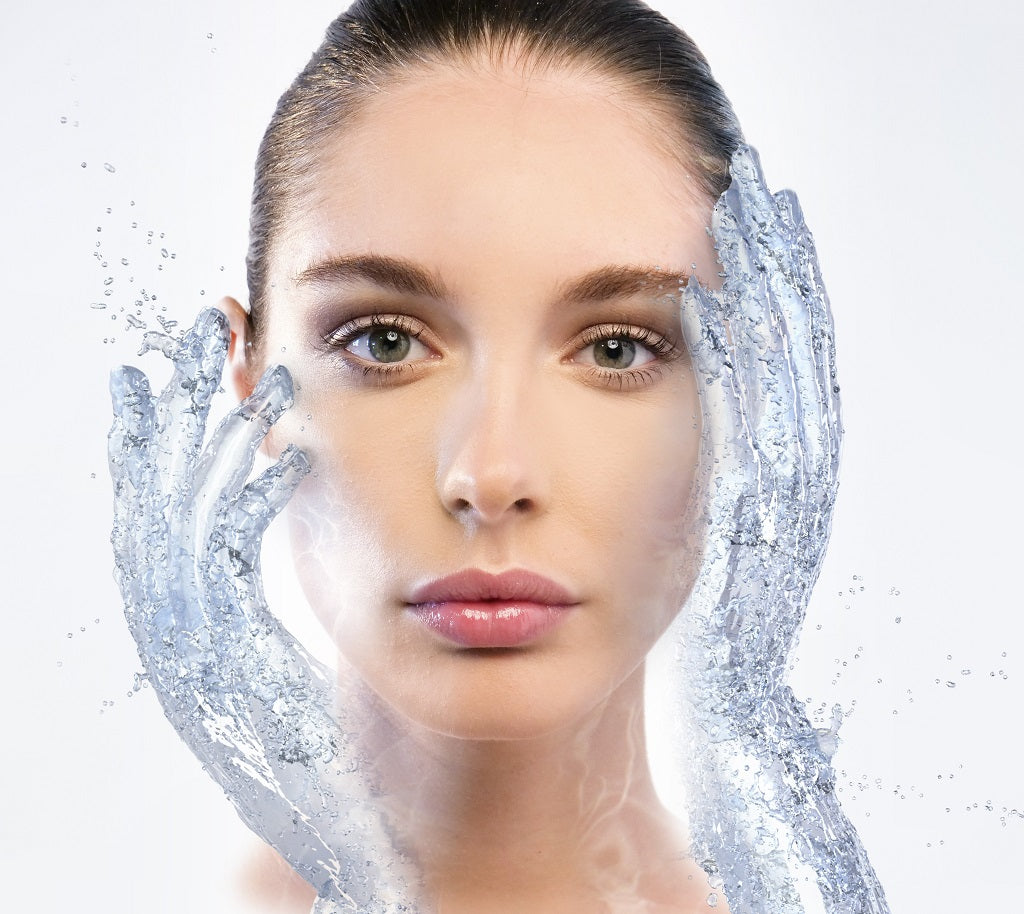What Is Castor Oil And Where Does It Come From?
Castor oil is derived from the castor bean plant and has been used since centuries as a traditional cure for skin, gastrointestinal and various other health issues. It is a pale yellow liquid obtained from castor beans - a vegetable oil that has uses ranging from cosmetics to medical purposes.
The castor seed is native to India. Castor oil contains vast amount of ricinoleic acid, contributing to its various health benefits, primarily aiding in the absorption of other materials into your skin. Castor oil was once called the ‘Palme Christe’ due to its healing properties, translating literally into the ‘palm of Christ’. It has been enjoying widespread use since ancient times, Egyptian records show it was used as early as 1550 BCE.
Also Read : Ingredients In Depth - Jamaican Black Castor Oil
Why Should You Use Castor Oil For Massage?
Castor oil works brilliantly as a massage oil. It has unbelievable therapeutic advantages. As a massage oil, it can virtually diminish the pain caused by arthritis. In fact, castor oil is known very well for treating arthritis. The anti-inflammatory properties of castor oil make it an ideal oil for aiding in relieving joint pain, the inflammation of nerves and sore muscles. It is not just hair or skin beauty benefits where castor oil plays a role.
Massaging the joint with castor oil and then placing a hot water bag or a hot towel helps in pain relief and causing relaxation for the suffering patient. If repeated twice weekly, this castor oil massage can help significantly improve or alleviate the joint pain.
Being rich in ricinoleic content, which in turn is known for its anti-inflammatory and pain relieving properties, a castor oil massage helps relieve the pent-up stress in your muscles. It naturally relieves the pain and tenderness in your muscles and helps increase blood flow, decreasing the inflammation in joints and muscles. When used and applied as a massage, the oil heats up due to the friction and this heat helps provide an even better massage experience.
Also Read : Tips to Use Castor Oil for Knee Pain
While this oil is thick, the oil penetrates deep into your skin during the massage and nourishes your skin while detoxifying it. It softens your skin.
Castor oil has been used since ancient times as a natural cure for arthritis pain, inflammation and joint pain. It is right to say that it is the ideal oil for massaging purposes.
How To Use Castor Oil For Massage?
While there is no fixed way to massage using castor oil here are a few ways of going about it.
1. Direct Application
This is the simplest and most straightforward way to do the massage. Take five drops in a bowl, heat it till lukewarm, taking care not to overheat the oil. Apply the oil gently onto your skin, be it your face or any other part of your body, massaging in circular motions. Massage well for about ten minutes approximately. You don’t need to wash it off immediately, you can leave it on your skin for a couple of hours, or you can consider applying the oil at night and leaving it overnight to wash it off in the morning. Additionally, you can consider using steam to open up your pores which are clogged with dead cells, applying it to your face or skin to help it absorb the oil better.
2. Using Hot Compress
This refers to a method utilizing a castor oil pack which makes use of heat. To build this you need
- hexane free castor oil
- cotton cloth or flannel
- plastic wrap
- a hot water bottle or heating pad
- and a glass container with a lid.
Soak the flannel thoroughly in castor oil. This might take a day or several hours at most. Afterwards carefully fold the cloth, lie down on a towel kept on any comfortable surface, and place the castor oil soaked cloth on the desired part(s) of the body. Wrap this cloth in place with the plastic wrap. Now place the heating pad or water bottle against the wrapped cloth, over your skin. Lie down comfortably, or sit comfortably, preferably with feet propped up, and relax for 30-60 mins. Keep rubbing the heating pad over the cloth gently. Once you’re done, carefully remove the wrap and store the flannel in a glass jar, in refrigeration. Keeping the flannel is advisable as it can be reused in the future for more hot compress massages.
Use a soap, preferably a natural soap, to wash your skin clear of any oil that might have seeped through. A mix of water and baking soda works quite well as a scrub, as well. Rest properly and make sure to consume enough water to maintain hydration and to support detox.
3. As Ayurvedic Massage
Castor oil enjoys several benefits when considered from the lens of Ayurved. It is accredited the ability to rid the body of any tumours and excess tissues, apart from proving extremely useful in the case of injuries, pain, cramps, or other treatments or traumas to the body. Ayurved does not recommend a full body massage using castor oil as this oil tends to be quite thick and the consistency does not make it ideal for being lathered across the entire body. In fact, Ayurveda recommends this oil for certain specific massages only, one of them being foot massage. For those people who suffer from migraines, headaches, or a burning sensation in the eyes, rubbing a mixture of coconut and castor oil on your feet can greatly help you with your affliction(s). If you suffer frequent headaches, also consider using Essential oils aromatherapy for headache relief.
Also Read : Aromatherapy Essential Oils - Everyone Should Try These
Ayurveda recommends the castor oil for a sole massage or a feet massage. The very act of rubbing castor oil on the soles of your feet calms the vata dosha. Composed of space and air, Vata dosha is responsible for all movement within your physiology. Vata dosha one of the doshas that mainly predominates movements in the body and activities of the nervous system. If experiencing exhaustion, you can further alleviate a vata aggravation by applying this oil on your soles to cope with stress and encourage a healthy and sound sleep. As per Ayurveda, your symptoms will vanish by morning.
Disclaimer: All the content on www.anveya.com/blogs/top-tips is solely for information. It is not intended to be a substitute for professional medical advice, diagnosis or treatment. Always seek the advice of your physician or a qualified health care provider. The information, suggestion or remedies mentioned on this site are provided without warranty of any kind, whether express or implied.



